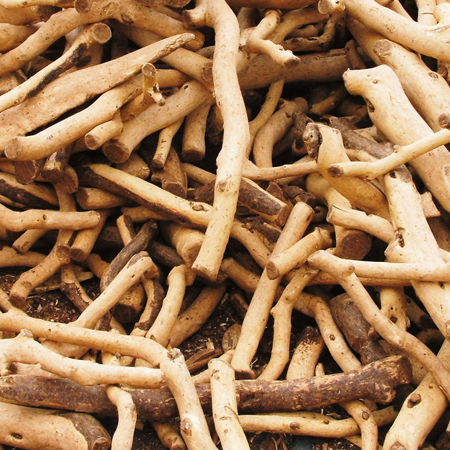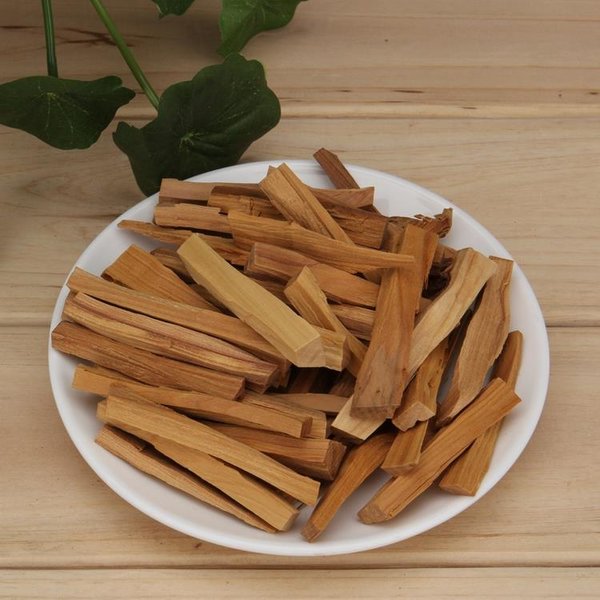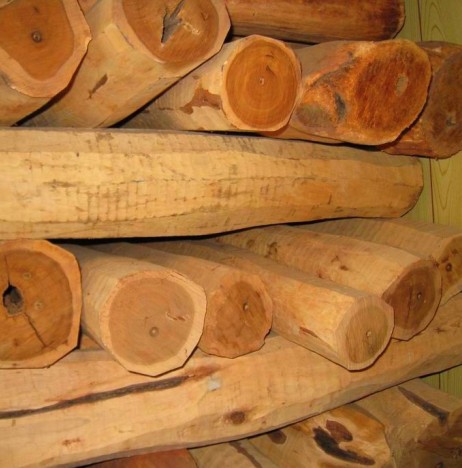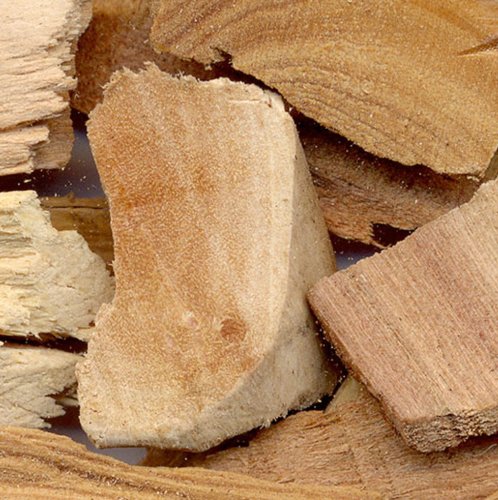





Botanical name Santalum Album
Family Santalaceae
Source Wood
Origin India
Processing Method Steam Distillation
Color/Consistency A medium, clear, pale yellow to golden liquid.
Aroma A base note with a medium aroma, Sandalwood is oriental and balsamic with a soft, sweet, rich, woody aroma.
Blends With Bergamot, Black Pepper, Geranium, Lavender, Myrrh, Rose, Vetiver and Ylang-Ylang.
Product Abstract
Sandalwood is a valuable tree associated with Indian culture. It is the second most expensive wood in the world. The heartwood of the tree is treasured for its aroma and is one of the finest natural materials for carving. Sandalwood oil is used in perfumes, cosmetics, aromatherapy and pharmaceuticals. As the tree grows, the essential oil develops in the roots and heartwood, which requires at least 15 to 20 years. Full maturity is reached after 60 to 80 years. The core of dark heartwood gradually develops, which is covered by outer sapwood. The sandalwood tree is never felled, but uprooted in the rainy season, when the roots are richer in the precious essential oil. Vietnam and New Caledonia have well controlled plantations of genuine Sandalwood.
History
One of the oldest incense materials, Sandalwood has been in use for at least 4,000 years. It is one of the most calming incenses and therefore is one of the preferred ones for meditation. It calms the mind, enhances mental clarity, and aids in the opening of the Third Eye. The aroma increases devotion and combined properly can help transmute sexual energy for those who are practicing celibacy. Many ancient Temples and accessories such as rosaries and staffs are made from this wood.
Harvesting/Extraction Information
Sandalwood companies use steam distillation in order to extract sandalwood oil. Steam distillation is a process in which steam heated at extremely high temperatures is passed through the powdered wood. The steam releases the sandalwood essential oil that is locked within the cellular structure of the wood. The mixture of steam and oil then flows through a condenser and cools, yielding a layer of oil and a layer of water. The sandalwood essential oil separates from the hydrosol rises to the top so it can then be collected. The distillation process for sandalwood oil takes anywhere from 14 to 36 hours, longer than for many other essential oils. Despite the fact that this method requires a longer process than other distillation methods, it’s known to produce superior quality oil, yielding 84.32% santalol
Common Usage
Caution
No risks have been associated with sandalwood essential oil, except that it is recommended not to be used raw on the skin. For application on the skin, it should be mixed with some type of carrier oil.
Key constituents
(Z)-a-Santalol 46.2–59.9%
(Z)-b-Santalol 20.5–29.0%
(Z)-Nuciferol 1.1–5.5%
epi-b-Santalol 4.1–4.3%
(Z)-a-trans-Bergamotol <3.9%
a-Santalal 0.5–2.9%
b-Santalal 0.6–1.9%
(Z)-Lanceol 1.5–1.7%
(E)-b-Santalol 1.5–1.6%
b-Santalene 0.6–1.4%
Spirosantalol <1.2%
a-Santalene 0.8–1.1%
Quality East Indian sandalwood oil may be adulterated by the addition of sandalwood terpenes and fragrance chemicals. Other known adulterants include Australian sandalwood oil, East African sandalwood oil, Indian bastard sandal oil amyris oil, bleached copaiba balsam, and non-odorous materials such as polyethylene glycol, castor oil, coconut oil and DEHP.
Safety summary
Hazards None known.
Contraindications None known.
Maximum dermal use level 2%
Our safety advice The safety profile of New Caledonian sandalwood oil is probably similar to East Indian sandalwood as the composition of the two oils is similar.
Organ-specific effects
Adverse skin reactions No information was found for New Caledonian sandalwood oil, or any of its constituents.
Systemic effects
Acute toxicity No information was found for New Caledonian sandalwood oil, or any of its constituents. It is likely to be as nontoxic as East Indian sandalwood, since the chemical profile is similar.
Carcinogenic/anticarcinogenic potential No information! found. (Z)-a-santalol has anticarcinogenic effects. The oil contains no known carcinogens.
Comments
The compositional data given here are averages. This is the same species from which sandalwood Vanuatu is produced. New Caledonian sandalwood oil is the closest to East Indian sandalwood in terms of both composition and odor.